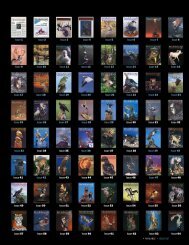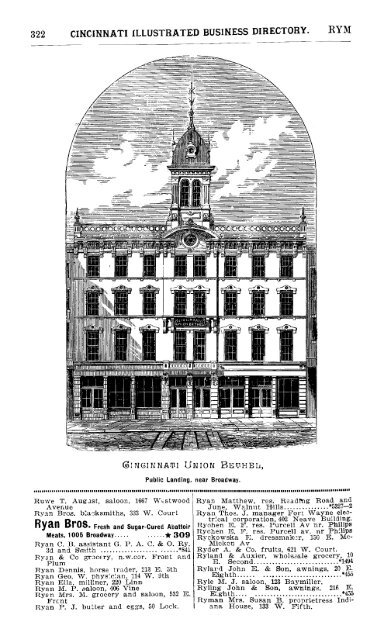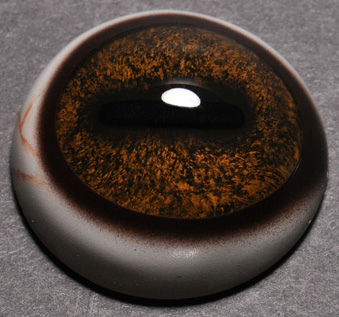
Published in , it gives readers a firsthand view of the century’s central event, a global war that was reshaping the nature of life on earth, a subject as large as any that Welty, Wright, Faulkner, or any other author would entertain. Here, in the company of such notables as Eudora Welty, Richard Wright, and William Faulkner, Rowan Thomas merits attention for the one book he wrote, Born in Battle. Lloyd’s Lives of Mississippi Authors, –, published in by the University Press of Mississippi. His skills as a heavy bomber pilot helped him survive the war, but his determination to keep a written record of his adventures would win him a place in editor James B. Thomas, a young man from Boyle, Mississippi, turned to the one descriptive asset he had: words. Like so many other Army Air Force, Navy, and Marine aviation personnel serving their country, Rowan T. But what of the individuals who fought this war-particularly from the air, where photography was often limited to guncamera footage and pinpoint air reconnaissance, where maps were a business of navigational specifics and target coordinates, and where war correspondents (with their own master narratives) could only on the rarest occasion fly along? For flyers who fought World War II in the skies over the Pacific, a medium other than picture taking or map making would have to convey Most know the plot for this action as well, a master narrative intoned by television documentaries such as Air Power and Victory at Sea that explains the greater sense of these operations even as viewers see the familiar images in motion. Between these two events, many know the map like the back of their hand: the enemy’s opening thrust, halfway across the ocean toward the continental United States, followed by the long but persistent drive of American forces toward Tokyo. Preface Acknowledgments Abbreviations Ī N A I R WA R AT S E A A N D O N L A N D TA L E S O F T H E S O U T H PA C I F I C ENDGAMEĪmericans know well the pictures of their country’s air war in the Pacific, from the battleship Arizona billowing smoke caused by a Japanese bomber’s hit and settling to the bottom of Pearl Harbor on December , , to the mushroom cloud rising over Hiroshima on August , .

World War, –-Personal narratives, American. World War, –-Campaigns-Pacific Area. World War, –-Aerial operations, American. Includes bibliographical references and index. Pacific skies : American flyers in World War II / Jerome Klinkowitz.

∞ Library of Congress Cataloging-in-Publication Data Klinkowitz, Jerome.

Copyright © by University Press of Mississippi All rights reserved Manufactured in the United States of America UNIVERSITY PRESS OF MISSISSIPPI / JACKSONĭesigned by Todd Lape The University Press of Mississippi is a member of the Association of American University Presses.
#How to know front from back on joe meder deer eye jm32 series
Through a series of mold designs and painting techniques, we have achieved for the first time in taxidermy, a truly “liquid” look in the lens.SKIES AMERICAN FLYERS IN WORLD WAR II ✪ ✪ ✪ With this request, Roger invented what may prove to be one of the biggest advances in glass eye technology in years. Joe was very specific in that he wanted to create the effect of how a live eye captures and reflects light. Glass eyes have always had a certain “flat look” or lack of 3-D effect when it comes to what can be achieved with painting. Roger Martin from McKenzie and the Eye Division from Van Dyke’s helped develop the special effect Joe was looking for. Once the prototype was complete, it was time to begin testing colors.

To create this new eye, Joe went back to basics and began by casting eyes and lenses from fresh deer, then comparing them to those of live deer in his pen. The McKenzie-Joe Meder Deer eye features a revolutionary new patent pending breakthrough effect called Liquid Lens™ Technology.


 0 kommentar(er)
0 kommentar(er)
